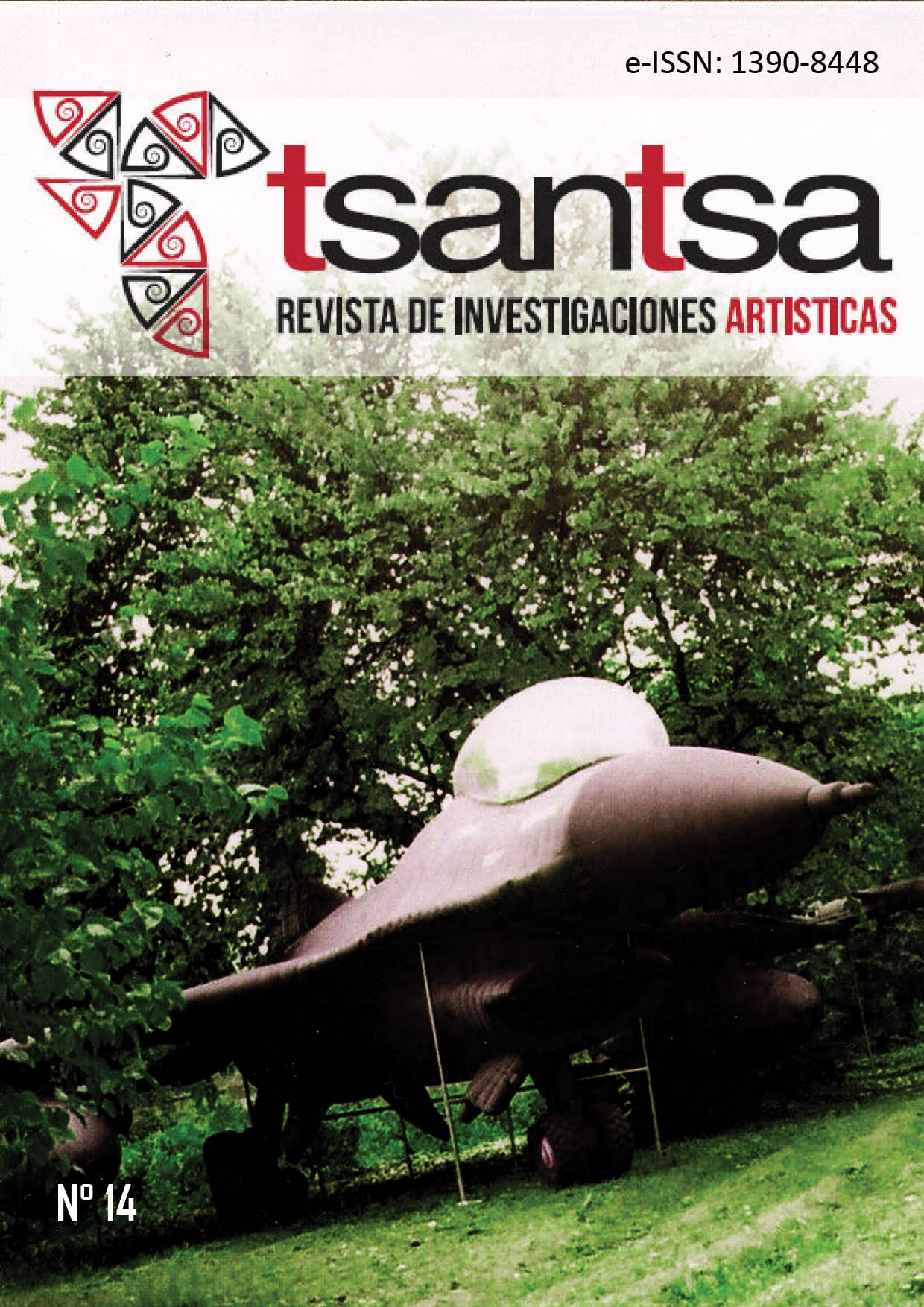Imagery of Chiloé: the sacred art of carving an insular faith
DOI:
https://doi.org/10.18537/tria.14.01.20Abstract
This article refers to the historical, iconographic, patrimonial and territorial description of the School of Religious Imagery of Chiloé in the namesake archipelago (Region of Los Lagos, Chile). This particular religious sculpture combines Hispanic influence with indigenous artisanship, achieving a relevant patrimonial and vernacular valorization, both by establishing a special type of cultural syncretism, and by forming a prodigious school of imagery, with distinctive features and with a transcendental benefit such as intangible heritage linked to community’s dogmas and practices. The school of imagery of Chiloé developed throughout the Chiloé’s territory and diaspora, from the seventeenth century to the end of the nineteenth century, declining with the arrival in the archipelago of religious images made with other manufacture and materiality. However, at the beginning of the nineteenth century, this sacred art is revalued along with the temples of Chiloé, by UNESCO and the Chilean State.
KEYWORDS: religious art, imagery of Chiloé, Archipelago of Chiloé, vernacular heritage, cultural syncretism.
Downloads
References
Bravo, J.M. (2004). La cultura chilota y su expresión territorial en el contexto de la globalización de la economía. [Tesis título profesional de Geógrafo]. Universidad de Chile, Santiago de Chile.
Cárdenas, R. y Trujillo, C. (1986). Caguach, isla de la devoción: religiosidad popular de Chiloé. Castro, Chile: Ediciones Literatura Americana Reunida.
Grüzmacher, M. (1990). El textil, complemento de la imaginería religiosa. Boletín Informativo Comité Nacional de Conservación Textil, (1), pp. 17-18.
Guarda, G. (1984). Iglesias de Chiloé. Santiago, Chile: Ed. Universidad Católica de Chile.
Instituto Nacional de Estadísticas. (2017). XIX Censo Nacional de Población y VIII de Vivienda o Censo de Población y Vivienda 2017. Santiago de Chile: INE.
Lira, M. J. y Flaño, T. (2012). Artesanos de Chiloé. Santiago de Chile: Ed. Origo.
Moreno, R. 2006. El modelo pastoral Jesuítico en el Chiloé Colonial. Veritas: Revista de Filosofía y Teología, 14, (14), pp. 183–203.
Muñoz, R. (2016). El libro de los oficios. Santiago de Chile: La Bauda Ediciones.
Rodríguez, M. 2010. Imaginería chilota: caracterización de la imaginería en la isla de Chiloé (sur de Chile). [Tesis del Máster en Conservación y Restauración de Bienes Culturales]. Universidad Politécnica de Valencia: Valencia, España.
Sahady, A., Gallardo, F. y Bravo, M. (2009a). El espacio religioso chilote en tiempos de fiesta. Santiago de Chile: Maval.
Sahady, A., Gallardo, F. y Bravo, M. (2009b). La dimensión territorial del espacio religioso chilote: fusión ejemplar del patrimonio tangible con el intangible. Revista de Geografía Norte Grande, 42: pp. 41 – 57.
Saldívar, J. M. (2017). Etnografía histórica del Nazareno de Caguach en Chiloé, Chile. Revista Austral de Ciencias Sociales, 33, pp. 77–88.
Soussi, L. (2012). Chiloé: El legado de los oficios. Concepción, Chile: Ed. Okeldan.
Vázquez de Acuña, I. (1956.) Costumbres religiosas de Chiloé y su raigambre hispana. Santiago de Chile: Centro de Estudios Antropológicos.
Vázquez de Acuña, I. (1989). La imaginería de Chiloé. Revista del Instituto Andino de Artes Populares del Convenio Andrés Bello, (11), pp. 7–10.
Vázquez de Acuña, I. (1994). Santería de Chiloé: Ensayo y Catastro. Santiago de Chile: Editorial Antártica.
Downloads
Published
How to Cite
Issue
Section
License

This work is licensed under a Creative Commons Attribution-NonCommercial-ShareAlike 4.0 International License.



